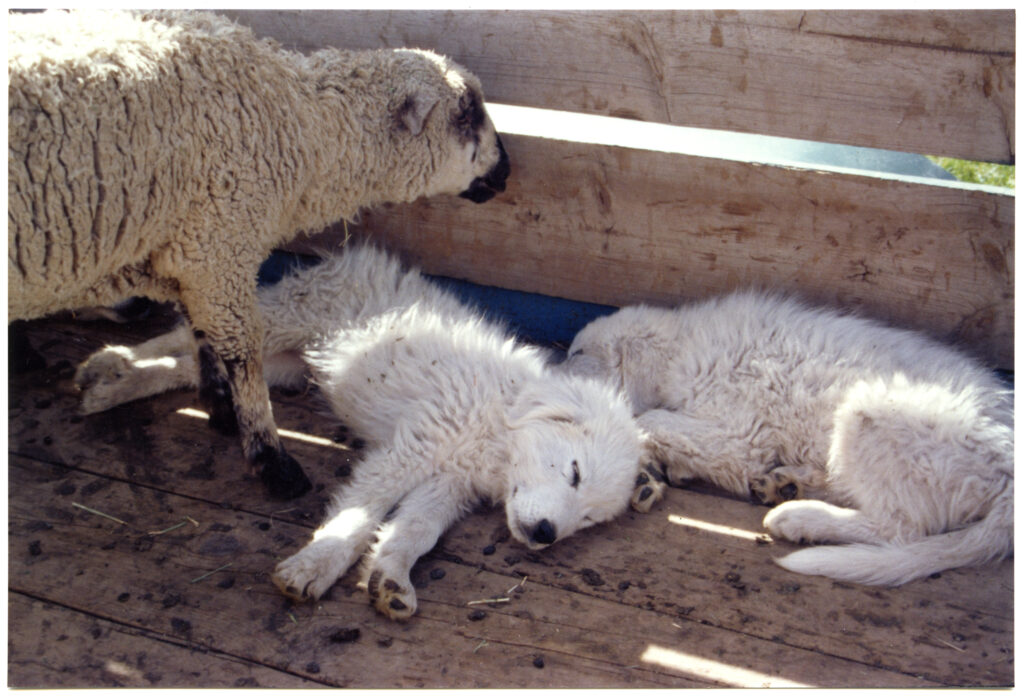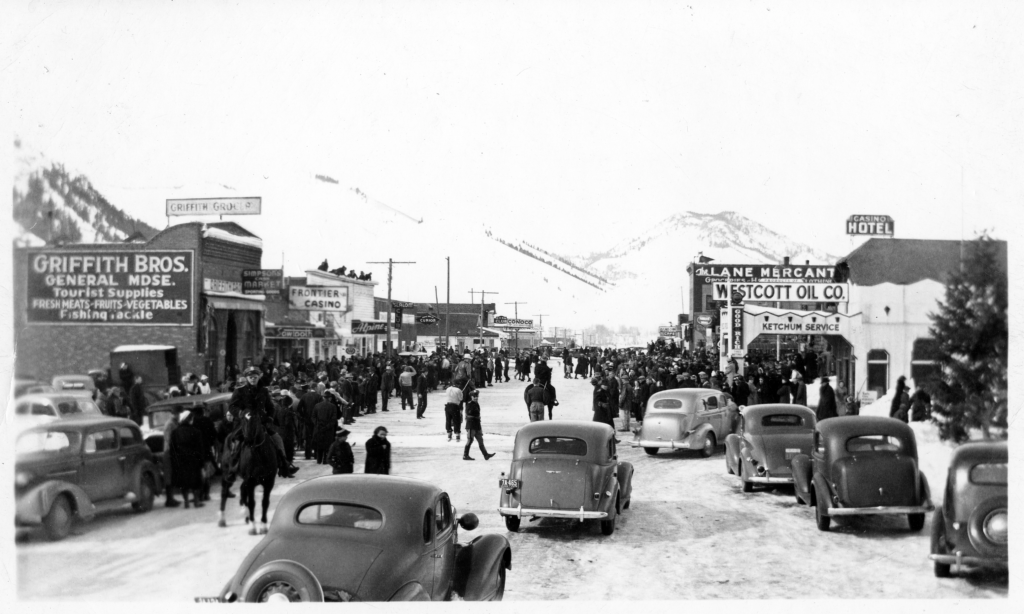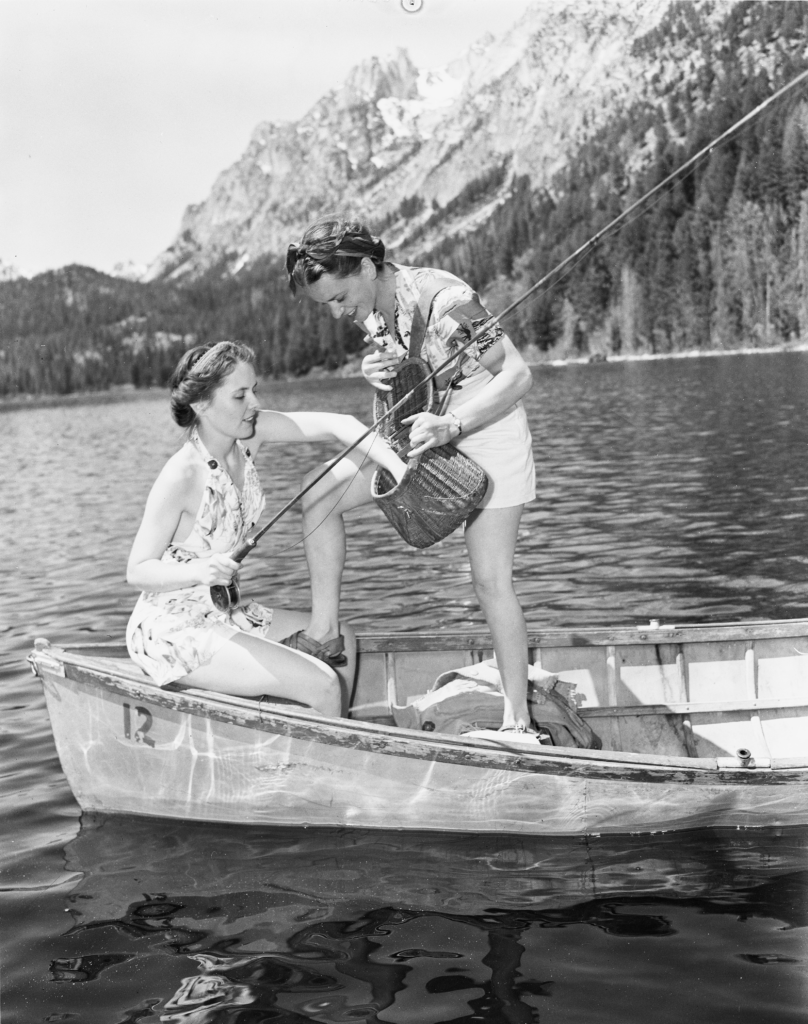Ellie Norman, Wood River Museum Collections Specialist

This Halloween, we’re highlighting a striking image from the Center for Regional History’s photograph collection—a backlit shot of two actors in a dramatic vampire attack scene. Captured during a production of Dracula by the Sun Valley Repertory in October of 1991, this haunting moment transports us to the heart of Ketchum’s local theater tradition, where creativity and community have long taken center stage.
The play this photo promotes was held at the nexStage Theater, a beloved cultural hub located on the corner of 1st and Main Street from 1992 until 2018. The nexStage, housed in the old renovated Sun Valley Motors dealership, was instrumental in the local arts scene, producing plays, musicals, readings, and workshops. Its close affiliation with the Sun Valley Repertory Company made it a crucial venue for bringing local stories and talent to life.
In 2018, the nexStage made way for the brand new Argyros Performing Arts Center, a state-of-the-art facility that continues the legacy of live performance in Ketchum. The Argyros hosts a variety of performances, from theater and music to film and dance as the new cultural cornerstone of Main Street. Yet, as this photo reminds us, the Sun Valley Repertory and nexStage era provided its own unique charm—a time when intimate productions like this eerie vampire play brought the community together for evenings of suspense and entertainment.
As we celebrate Halloween, let’s take a moment to appreciate this snapshot of local theater history, and the way these venues—both past and present—continue to shape Ketchum’s vibrant cultural landscape.
Note this story was originally published in October of 2024 in the Idaho Mountain Express.




